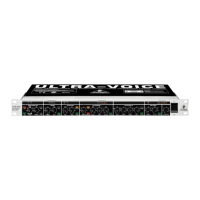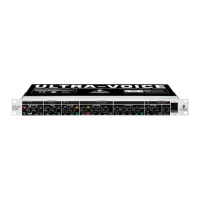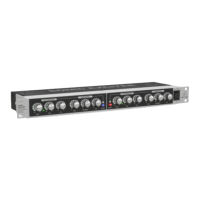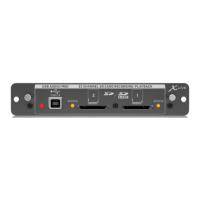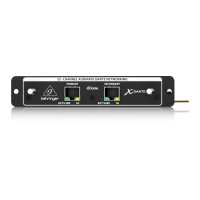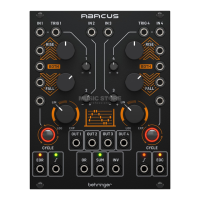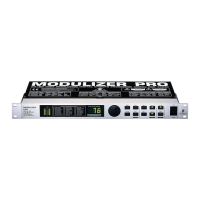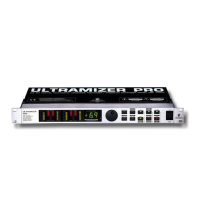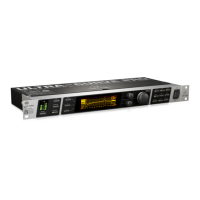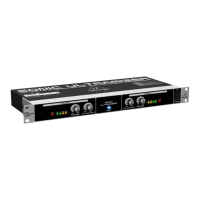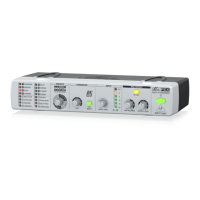24
distortion as a percentage of the total signal rising with the increase of the input signal level.
Digital distortion is quite different, as illustrated by the following example. If we take the situation where a 4 bit
word has the positive maximum value of 0111, and add to it the smallest possible value of 0001 (in other
words, the smallest increase in amplitude possible), the addition of the two results in 1000 the value of the
negative maximum. The value is turned on its head, going instantly from positive max to negative max,
resulting in the very noticeable onset of extreme signal distortion.
4.2 Reverberation and reflection
Prior to simulating the physical phenomena of reverberation and reflection, it is necessary to analyze how
reverb is generated, and how it is perceived by human hearing.
In a concert hall the sound the listener hears comprises both the source signals (e.g. acoustical instruments,
P.A. system) and thousands of reflections of these primary signals, which bounce off floor, ceiling and walls
to reach the ear after a short delay. These reflections represent thousands of echoes of the direct signal, which
are not perceived any longer as single echoes, but due to their sheer number as reverberation. Basically,
the reflected signal portions reach the ear later than the source signal, and the very fact that they do not arrive
from the same direction as the direct signal (see fig. 4.2), makes it possible to hear spatial information, i.e.
to perceive the direct signal as if it is embedded in the room acoustics.
Stage
Listening Position
Direct Sound
Early Reflections
Early Reflections
Diffuse Reflections
Fig. 4.2: Direct and reflected sounds reaching the listeners ear
Spatial information is an important means of orientation, because human hearing is also used to
determine the position of a sound source. In certain situations, this capability can be very useful or
even of vital importance. The fact that we can actually hear the size of a room shows how strongly
developed the human sense of hearing actually is. Based on the reflectivity of a room, we can also
distinguish (though we often dont know how) the materials it consists of. In large rooms with high
tiled walls reverberation is generally very dense and needs some time to decay, while a small room
with many objects in it (furniture, carpets, etc.) features very short reverberation often not even
perceived as such. Nevertheless, this extremely short reverb does exist, which is the reason why
many designers of reverb devices (such as our VIRTUALIZERPRO) implement several basic reverb
types and give them specific room names. It is quite natural, for example, that a reverb preset called
Cathedral produces a long and highly dense reverb, while a Room program usually represents the
4. TECHNICAL BACKGROUND
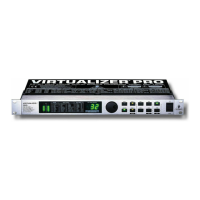
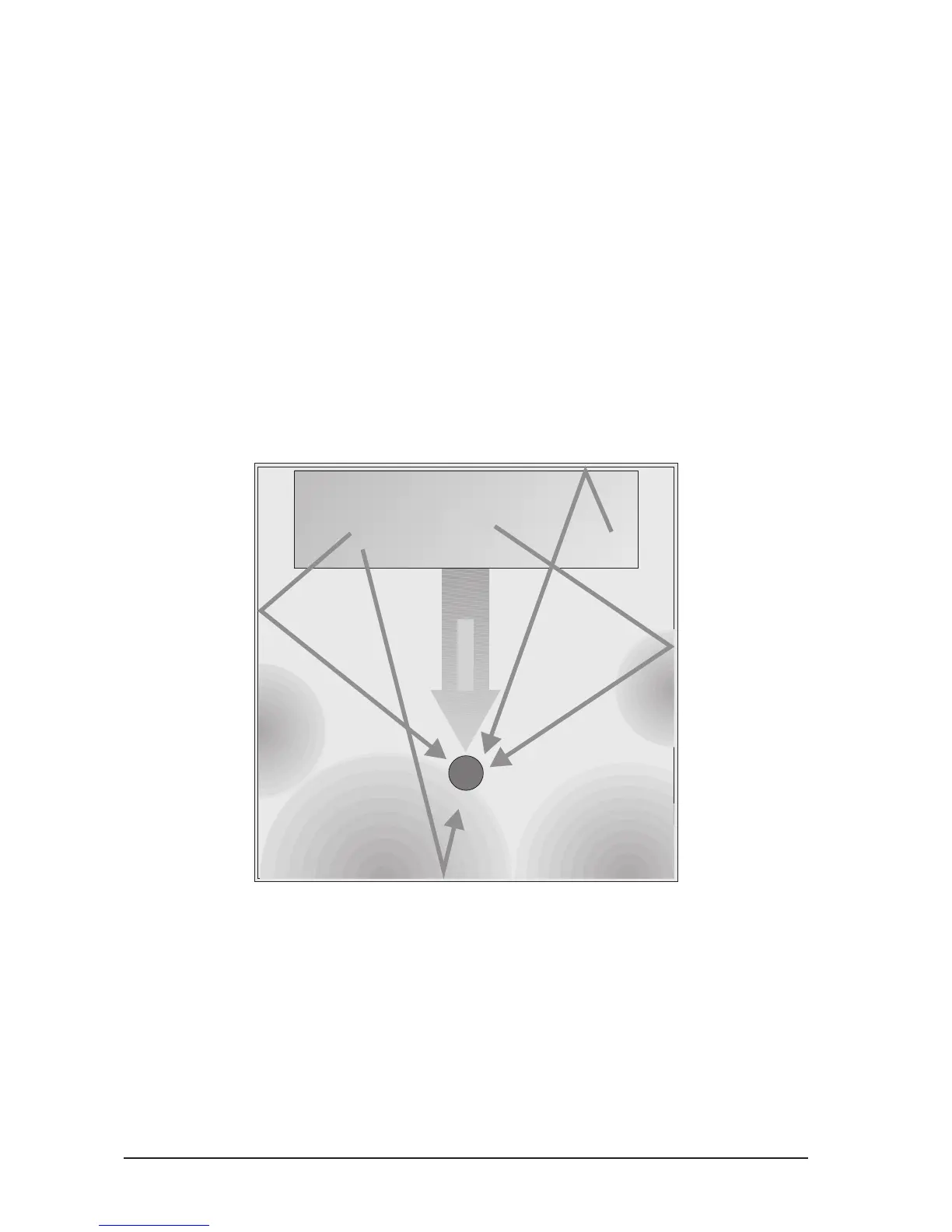